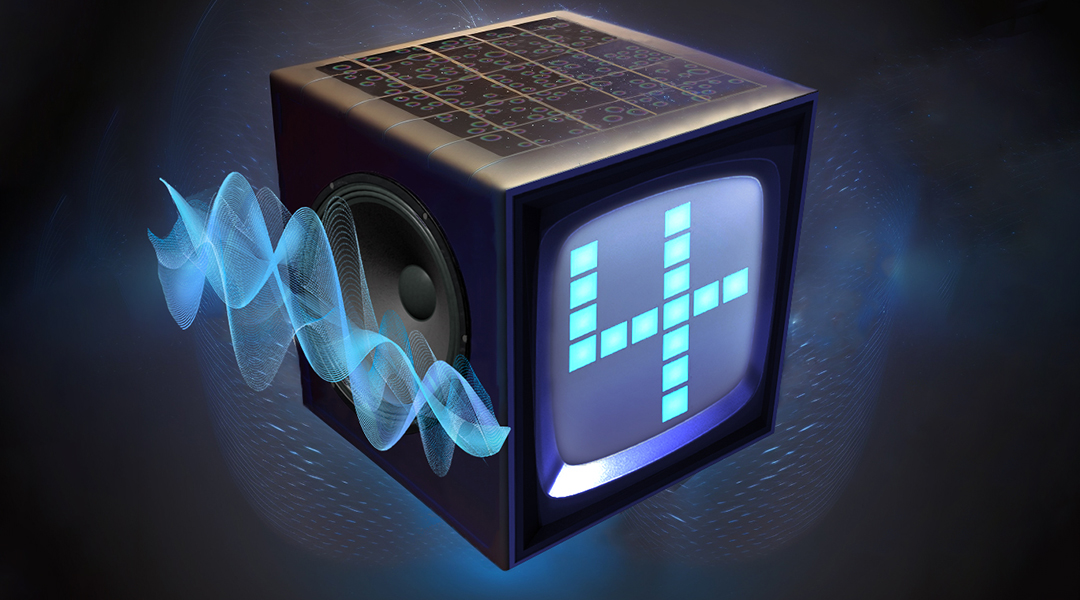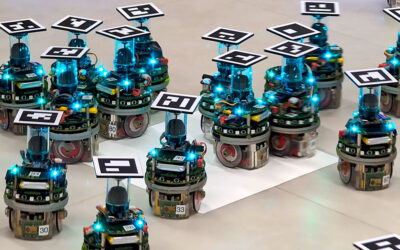Pattern recognition in various forms has become to a wide range of modern technologies, particularly machine learning. By spotting patterns in data, machine learning translates them into understandable information, like the recognition of an object in the path of a self-driving vehicle or a heat signature that indicates an intruder.
In a similar way, an emerging framework called reservoir computing can be applied to learn patterns from data. The key to this form of computing is the use of a complex system through which repeated computations can be carried out on information. This is done with a type of recurrent neural network (RNN) that uses dynamical systems or “reservoirs” to perform pattern recognition.
However, traditional RNNs consist of large numbers of individual, interconnected nodes or neurons with multiple parameters that can also make these systems unwieldy, difficult to train, and can even lead to high energy consumption that hinders their use. Reservoir computing simplifies this by randomly selecting parameters and training only the output nodes, significantly reducing complexity.
Pattern-recognizing materials
Recent research has turned to the use of physical substrates that can perform pattern recognition for reservoir computing. Such materials can fulfill the role of the reservoir as long as they are sufficiently complex, non-linear — the change in input is not necessarily the same as the change in output — and have a fading memory property, which means that the system’s ability to recall past input signals gradually diminishes over time.
In a new paper published in Advanced Intelligent Systems, the authors describe the creation of an inanimate material that is capable of recognizing and interpreting patterns in the form of numbers spoken by humans. The material is composed of a thin film made up of small magnetic whirls called “skyrmions” that can respond to signals in the form of voltage.
“To put it simply, you can imagine it as a black-and-white grid pattern that changes shape in response to input signals,” explained Robin Msiska, the paper’s lead author and a researcher working jointly between the University of Duisburg-Essen (UDE) and Ghent University.
This ability means that the skyrmion film — technically known as a multi-channel skyrmion fabric reservoir computer — can form unique patterns analogous to QR codes in response to spoken digits that are first converted to voltages. This code can then be translated and read out using very simple techniques.
Msiska and the team tested their material using audio recordings of the spoken digits ranging from 0 to 9 from a standard database, measuring the intensity and frequency over each moment the word is spoken then converting this data to a voltage that can then applied to the film via 39 contact points.
Also employing complex simulations primarily conducted at the Flemish Supercomputer Center in collaboration with Jonathan Leliaert, professor at Ghent University, the team found that the material could correctly identify over 97% of the digits it had heard.
This success rate was increased when the skyrmion system focused exclusively on female voices, with the material able to correctly identify almost 99% of the numbers fed to it in these circumstances.
Team leader and UDE physicist, Karin Everschor-Sitte, said she was delighted with the results. “This shows the best performance ever reported for in-material reservoir computers,” she added.
Faster, smaller, and more energy efficient
One aspect of the research that is even more impressive is just how small the material can be and still deliver results. The material, measuring one square micrometer, roughly the same length scale as the very smallest neurons in the human brain, demonstrated speech recognition without the need for a larger system of artificial neurons or nodes that could do a similar job but would consume more energy.
“If one uses a deep neural network, training is expensive and requires enormous data sets,” Everschor-Sitte said. “Our material system can solve machine learning problems without building a system of millions of interconnected neurons — the speech recognition shown here is just one example. It’s faster and uses less energy.”
The UDE physicist thinks that the material could find applications in devices that have to detect and identify signals of different types. This extends beyond the interpretation of spoken numerical digits. This could include sensors for self-driving vehicles, weather forecasting, and medical purposes.
Along the lines of the latter application, the team is investigating if their material could have an impact on a standard medical examination: the electroencephalogram (EEG). The EEG measures the electrical activity of the brain, and the researchers want to know if magnetic skyrmions can be used to interpret EEG results.
References: Robin Msiska, et al., Audio Classification with Skyrmion Reservoirs, Advanced Intelligent Systems(2023). DOI: 10.1002/aisy.202200388
Feature image credit: Robin Msiska et al.

















